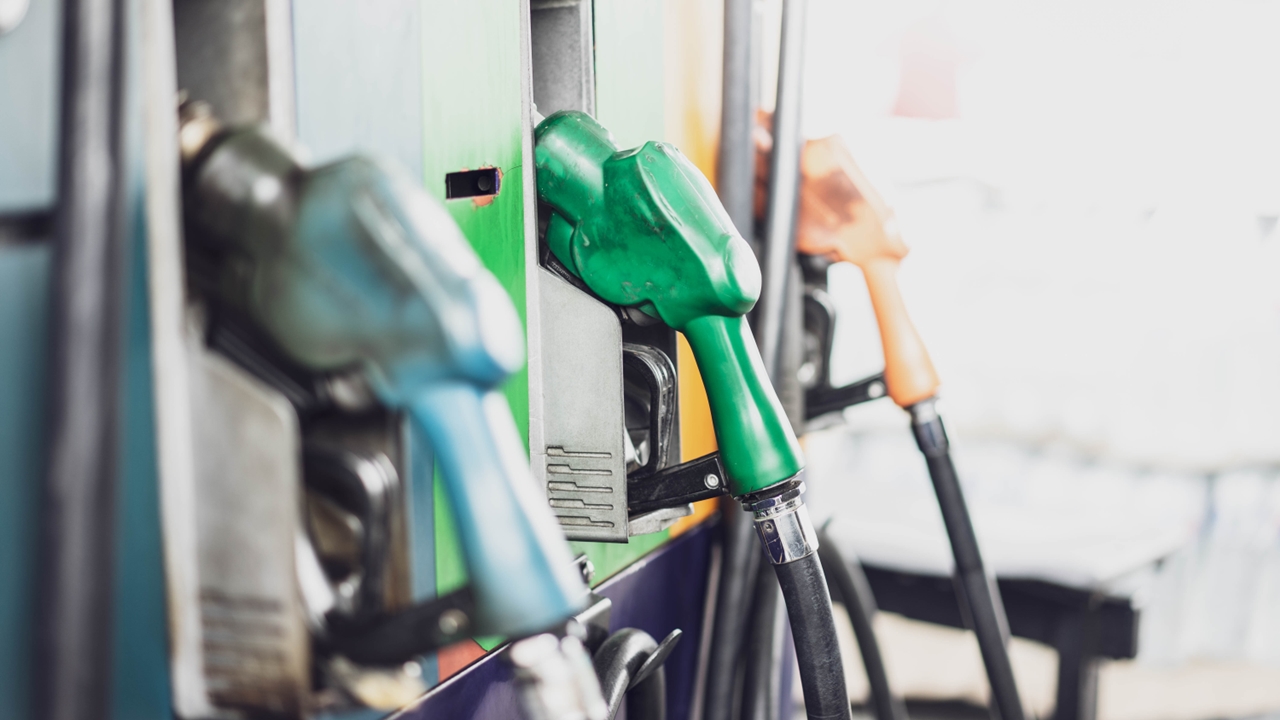29 Jul

In today’s competitive market, businesses are constantly seeking ways to cut costs and improve efficiency. One area where significant savings can be achieved is in fuel expenses. With rising fuel prices and increasing operational demands, optimizing your route planning is a smart strategy to reduce costs and enhance overall efficiency. This blog post delves into why route planning is crucial, the potential savings, and how it works.
Why Route Planning Matters
Fuel costs can represent a substantial portion of your operational budget, especially if your business relies on a fleet of delivery vehicles. Inefficient routing can lead to unnecessary fuel consumption, longer delivery times, and increased vehicle wear and tear. Here’s why route planning is essential:
1. Cost Reduction: By reducing the distance traveled and avoiding congested areas, route planning helps cut fuel consumption. This not only translates to direct cost savings but also extends the lifespan of your vehicles.
2. Increased Efficiency: Effective route planning ensures that deliveries are made on time and in the most efficient manner. This helps in maintaining customer satisfaction and can enhance your business’s reputation.
3. Environmental Impact: Fewer miles driven means less fuel consumed, which contributes to reduced greenhouse gas emissions. This can improve your company’s sustainability profile and appeal to environmentally conscious customers.
The Numbers Don’t Lie
The financial benefits of route planning are substantial. On average, businesses can save up to 20% on fuel costs by optimizing their routes. To put this into perspective:
1. Annual Savings: For a fleet of 10 vehicles, each consuming 1,000 gallons of fuel annually, a 20% reduction could translate to savings of around 2,000 gallons of fuel. At an average fuel price of $3.50 per gallon, this equates to $7,000 in savings per year.
2. Operational Efficiency: Reducing fuel consumption also means fewer stops for refueling, lower maintenance costs, and increased vehicle uptime, all of which contribute to higher operational efficiency.
How It Works
Route planning tools use technology to find the best routes for your drivers. Here’s how:
1. Traffic Analysis: These tools look at traffic data to avoid busy areas and delays, saving time and fuel.
2. Road Conditions: They consider things like roadwork and weather to help you avoid problems that could slow down your drivers.
3. Delivery Schedules: The tools plan routes that fit your delivery needs and deadlines, helping you stay on track.
4. Real-Time Updates: Many tools work with GPS to give live updates and adjust routes as needed.
6. Easy to Use: Most tools are user-friendly, making it simple to set up and start using.
Conclusion
Smart route planning can cut down on fuel costs and make your business run more smoothly. Using these tools helps you save money, improve delivery times, and be kinder to the environment.
Ready to start saving on fuel? Explore Zeew’s delivery system to see how our route planning solutions can help.







